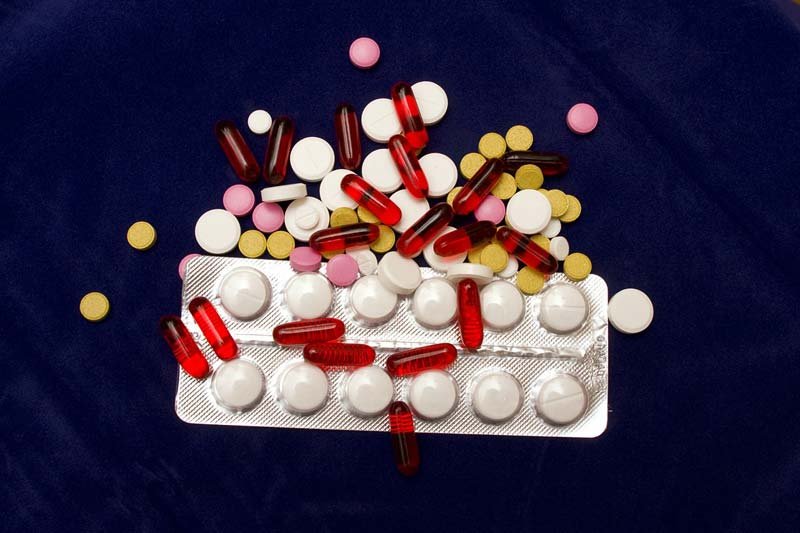How to make pain pills work better : Today’s prescription painkillers are much more powerful, and much more addictive, than the ones available just a few years ago. So, while these pills provide almost instant pain relief that is usually very long-lasting, the effectiveness often comes at a stiff price. There is a better way, but as in many other areas of life, the road less traveled is not as easy to navigate.
How to make pain pills work better
Getting Ready
The first step involves changing the way we think about pain medicine. Instead of the gasoline that makes the pain relief engine run, think of these pills as a gasoline additive that helps the engine run better. Pills exist to help your body heal itself.
Second, learn how to truly relax. Stress produces cortisol, which is essentially an anti-pain killer. This hormone has been conclusively linked to sleep problems, depression, headaches, and a host of other issues that make pain more intense.
Relaxation jump-starts the parasympathetic nervous system (a/k/a the “rest and digest” system), and when your body is ready to heal itself, there is less need for artificial medication.
Expediting the Process
Theoretically, relaxation alone is enough to cure most illnesses and injuries, even cancer and other serious conditions. But most people do not have that kind of patience, which is why pain pills or some of the best muscle relief creams, also plays a vital role in recovery.
As a brief aside, creams may be better than pills. First, they target the muscle and not the brain, so they tend to provide more effective relief. Second, there is something visceral about rubbing cream on a sore elbow or shoulder, and swallowing a pill does not provide that same feeling.
As your body heals itself, it may need some additional help to speed things along, in addition to pain medication. In most cases, such as plantar fasciitis or even a dislocated shoulder, a foot compression wrap or a shoulder brace for dislocation is usually a good idea.
Diet
How we eat affects our emotions and our minds, and it affects our bodies as well.
The caffeine in many analgesic pain relievers (ibuprofen and so on) is not just an accelerator. There is evidence that this chemical reduces post-workout muscle pain, so it could be effective on other types of muscle pain as well. Plus, the slight buzz often makes the pain feel less intense.
Ginger is a natural anti-inflammatory, even in moderate amounts. Cooking with ginger can decrease pain, and powder supplements are widely available as well.
Either added to food or in supplement form, these and other ingredients will not “cure” pain. However, they will reduce pain and make it easier to manage.
Exercise
Yoga is a good way to reduce stress and therefore stop the flow of cortisol. Yoga is also good for joint pain and muscle pain, because the stretching increases blood flow to these areas.
For many of these same reasons, walking is a good anti-pain activity as well.
By rethinking the way we look at pain pills, and making a few practical life changes, it is possible to feel better with less medication.
How to make pain pills work better
how to make norcos stronger, how to make pain pills last longer, how to make pain pills kick in faster, how to make a pain pill hit harder, how to intensify pain pills, how to make norco at home, what to do when pain meds don’t work, how to make pain pills at home, How to make pain pills work better




